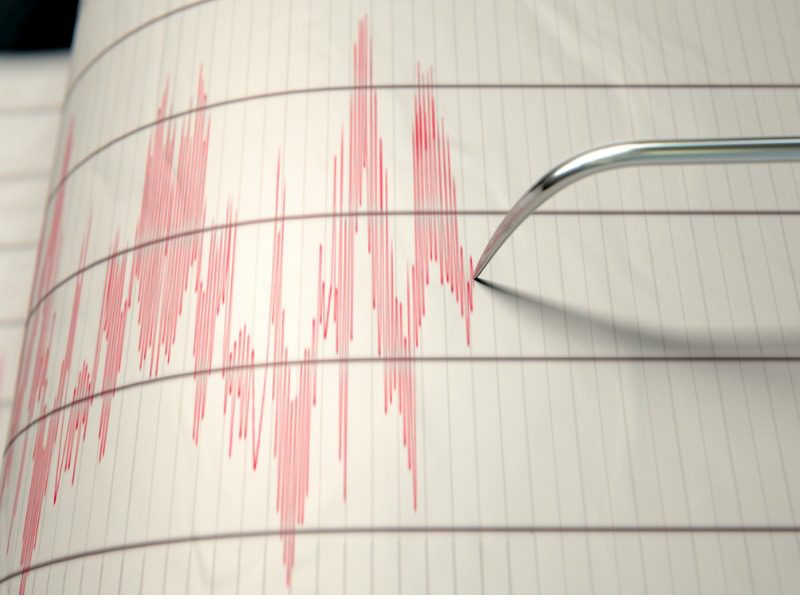National disaster report highlights industry loss potential

A major earthquake in British Columbia or the Ontario-Quebec region could become the costliest natural disasters Canada has seen, a new government of Canada report warns.
Of pertinence to the industry, as insured damages for a severe earthquake could broach the existing capacity of Canada’s insurance industry and cause insurer insolvency, even despite most Canadians (especially in eastern Canada) not having earthquake coverage.
The first draft of the government of Canada’s National Risk Profile focuses on three main perils: flood, earthquake and wildfire. The report warns that a severe earthquake could threaten lives and cost billions of dollars in property damage.
“Expected losses from a 1-in-500-year earthquake in the Charlevoix Seismic Zone [located in north-eastern Quebec] or on Canada’s West Coast would be higher than any natural hazard the country has experienced,” the report reads.
The report cites a 2013 study by the Insurance Bureau of Canada, which estimates that a 1-in-500-year earthquake in British Columbia at a 9.0-magnitude would result in $75 billion in economic losses—$20 billion of which is insured (including coverage for secondary perils).
A 7.1-magnitude earthquake in Eastern Canada could cost $61 billion in losses (including $12 billion in insured damages).
“Although these two seismic source zones cover only a small fraction of Canada by area, they impact about 40% of the national population,” the IBC study reads.
The concentration of assets in Canada has increased since 2013 when the IBC study was first published, meaning the insured loss estimates for Vancouver and Eastern Canada is likely higher now.
Plus, earthquake risk is changing because of the demographic shift towards an aging population, increasing urban population density, the accumulation of assets in earthquake-prone areas, and an increased dependence on power, water, and telecommunications utilities which would be impacted in a disaster.
Indirect losses may also occur from a severe earthquake. Businesses who depend on infrastructure (e.g., tourism, agriculture workers, hunters, and transportation networks) could be destroyed or damaged in an earthquake.
Another report by the Institute for Catastrophic Loss Reduction found that fire following an earthquake could cause up to $10 billion in insured damages, in addition to shake damage costs.
This risk is notable, even despite most at-risk Canadians being uninsured or under-insured for earthquakes, the government’s report finds. Earthquake insurance is not included in standard home insurance policies, and the terms and deductibles of these policies may limit coverage.
In Quebec, about 5% of households have earthquake insurance. In British Columbia, this figure is between 40% to 70% of residential properties.
Research studies by Property and Casualty Insurance Compensation Corporation (PACICC), which provides claims funds for policyholders in the event an insurer goes bankrupt, have noted the P&C industry would face a systemic risk of “contagious” insurer insolvencies if a Canadian earthquake causes more than $35 billion of insured damage.
The solution? The government report outlines five priorities for emergency disaster management moving forward, including:
Priority 1: Enhance whole-of-society collaboration and governance to strengthen resilience
Priority 2: Improve understanding of disaster risks in all sectors of society
Priority 3: Increase focus on whole-of-society disaster prevention and mitigation activities
Priority 4: Enhance disaster response capacity and coordination and foster the development of new capabilities
Priority 5: Strengthen recovery efforts by building back better to minimize the impacts of future disasters
The development of insurance-based strategies for addressing hazard protection gaps is listed alongside Priority 5.
Feature image by iStock.com/allanswart



